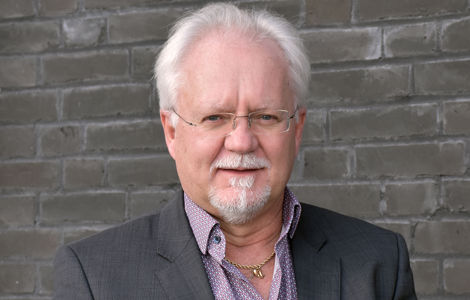
Many companies have ambitions to maintain modern, efficient and stable IT operations. But ambition alone is not enough if roles, responsibilities and processes aren’t clearly defined.
Even the best strategies can fall apart if everyone assumes that “someone else” is handling tasks. Without structure and governance, the IT area often suffers from delays, errors and costly firefighting.
Releases and changes require coordination
The modern IT landscape is constantly evolving. New releases, security updates and features from Microsoft arrive continuously. If no one takes responsibility for planning, testing and deploying these changes, businesses risk downtime and security breaches.
That’s why it’s critical to have a central role that maintains an overview and coordinates efforts. Here, a Service Delivery Manager from the service partner plays a vital role as the single point of contact that manages priorities, deadlines and communication between the company’s internal teams, specialists at the service partner, and potentially other external vendors.

RACI brings clarity to roles
One of the most effective ways to create structure is to work with a RACI model. It clearly defines who is:
-
Responsible: Executes the task.
-
Accountable: Ultimately owns the responsibility.
-
Consulted: Is involved and provides input.
-
Informed: Needs to be kept updated.
By mapping roles in this way, you avoid confusion, overlaps and pitfalls. Everyone knows who makes decisions, who executes, and who must be kept in the loop. At the same time, it enables the division of tasks between the customer and the service provider while maintaining the correct allocation of responsibility.
Operations and strategy must work together
Many companies still separate operations and development into silos. Operations keeps systems running. Development drives innovation. But in reality, the two areas are closely connected.
If operations aren’t involved in planning new solutions, great ideas may not be implemented safely or stably. Conversely, operations staff can provide invaluable input on how new features can best be rolled out and maintained.
Structured planning, regular reporting and frequent status meetings are essential. They create shared understanding, prioritization and the ability to act quickly when needed.
Structure is key for partner collaboration
When companies work with external partners, governance becomes even more crucial. Without clear roles and processes, a lack of cooperation can lead to misunderstandings, duplicated work and delays.
A well-defined partnership delivers:
-
Clear division of roles between internal teams and external partners.
-
Fixed procedures for who handles what.
-
Clear expectations around reporting and communication.
-
Fast access to decision-makers when action is needed.
It’s not just about getting work done. It’s about doing it right, efficiently and without losing business focus.
A structured approach paves the way for managed services
Structure and governance are not only useful in operational tasks. They’re also the foundation for advanced managed service concepts like Cepheo Evergreen.
When roles, responsibilities and processes are clear, companies can more easily leverage flexible managed service agreements. Businesses can scale resources up or down, implement new solutions faster, and ensure the business is always supported by a stable IT platform.
Structure is not bureaucracy. Structure is the freedom to act quickly because everyone knows their role.
-

Lasse Bruhn
Group Head Managed Operations
With more than 20 years of experience in the IT industry, Lasse has led digital transformations where technology and governance go hand in hand. He has a proven track record of building strong teams and operational frameworks that create measurable value for both customers and the business. At Cepheo, Lasse is driving the development of Managed Operations across borders with a focus on quality, compliance and scalability.
Read more about digital transformation, managed services and Cepheo Evergreen
Contact our Sales Directors for a discussion about your company's ongoing digitization.
-

John T. Hummelgaard
Sales Director, Denmark
-

Patrick Bubicic
Sales Director, Sweden
-

Lars Erik Lindhjem
Sales Director, Norway











